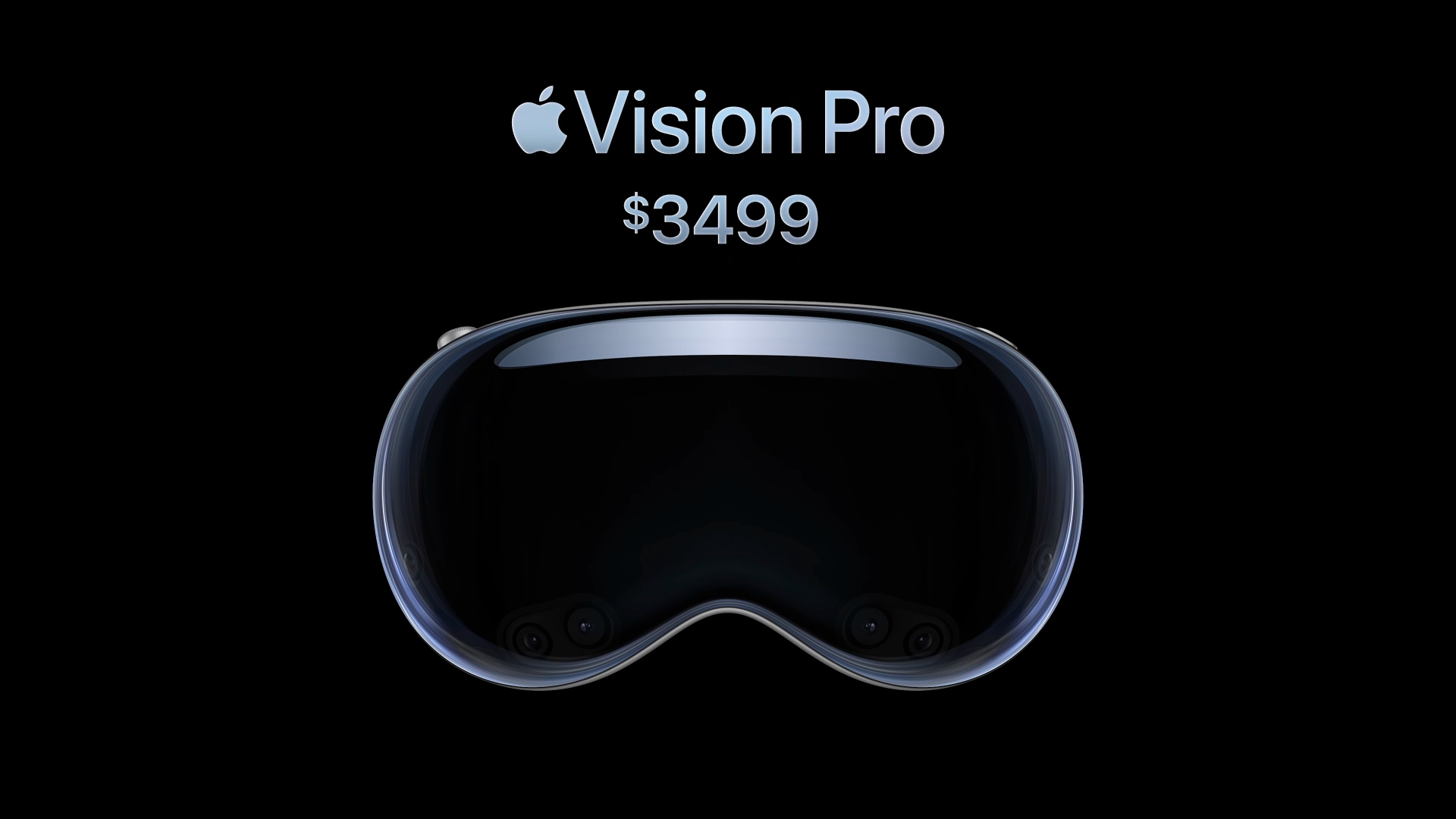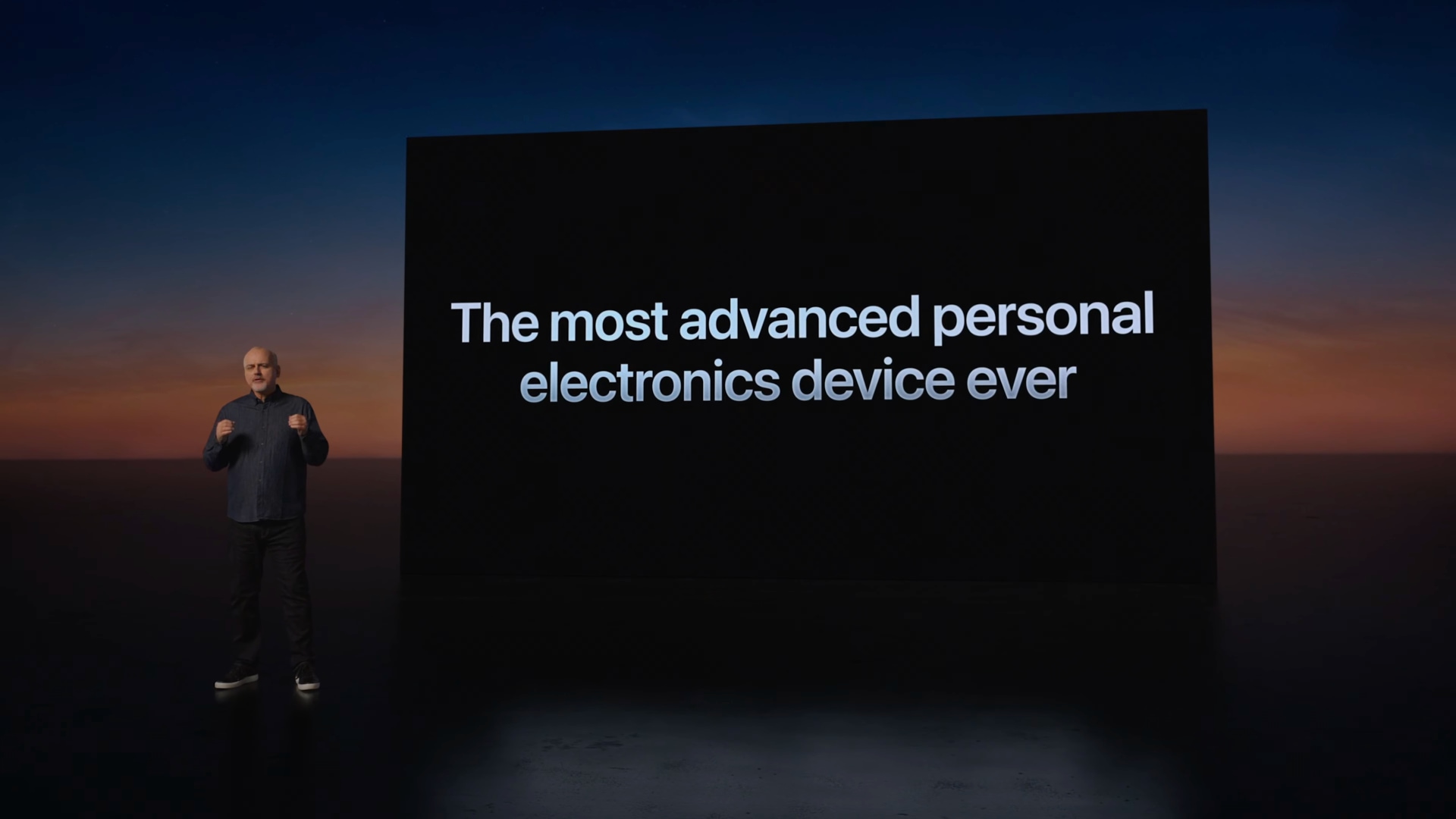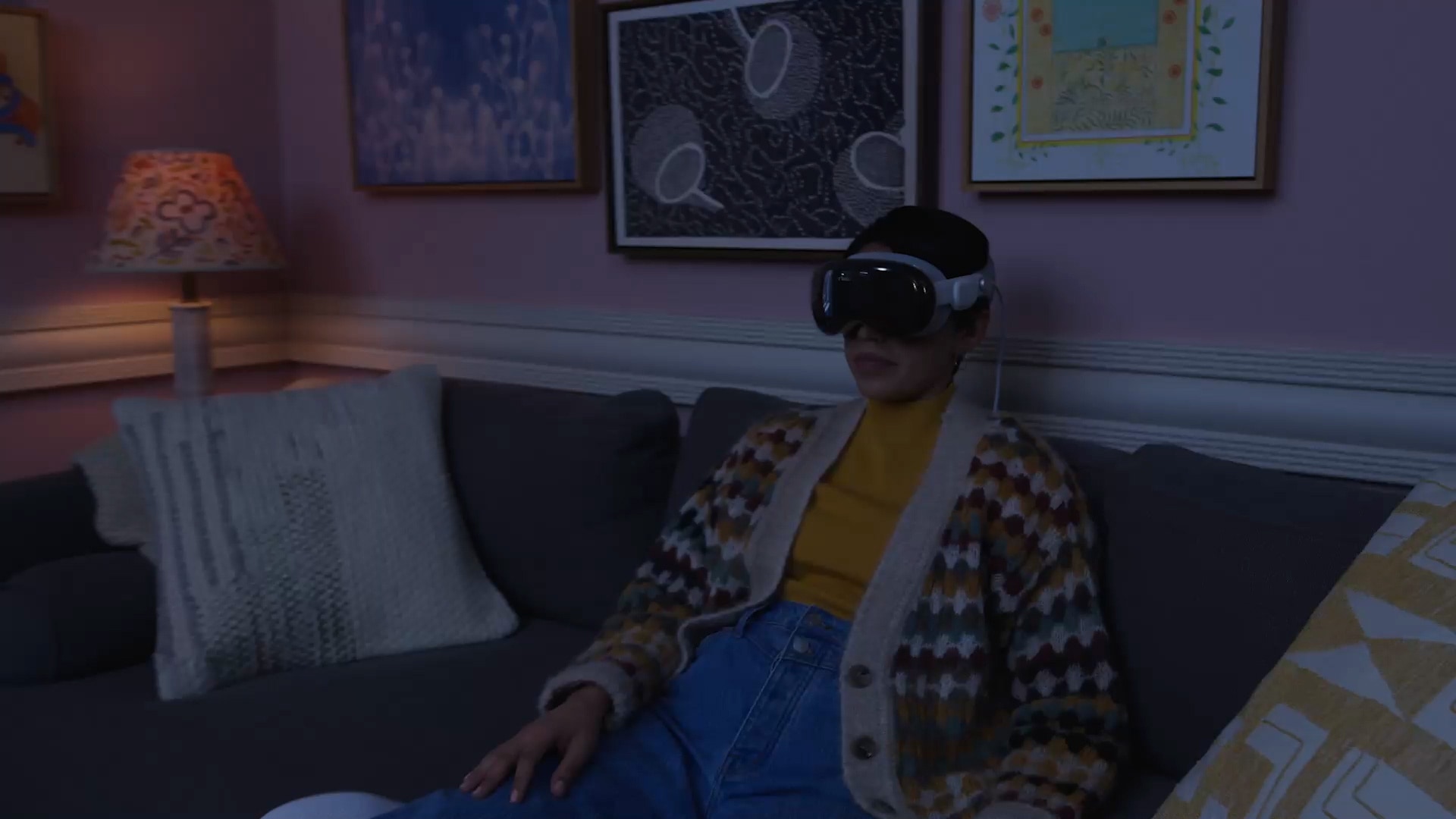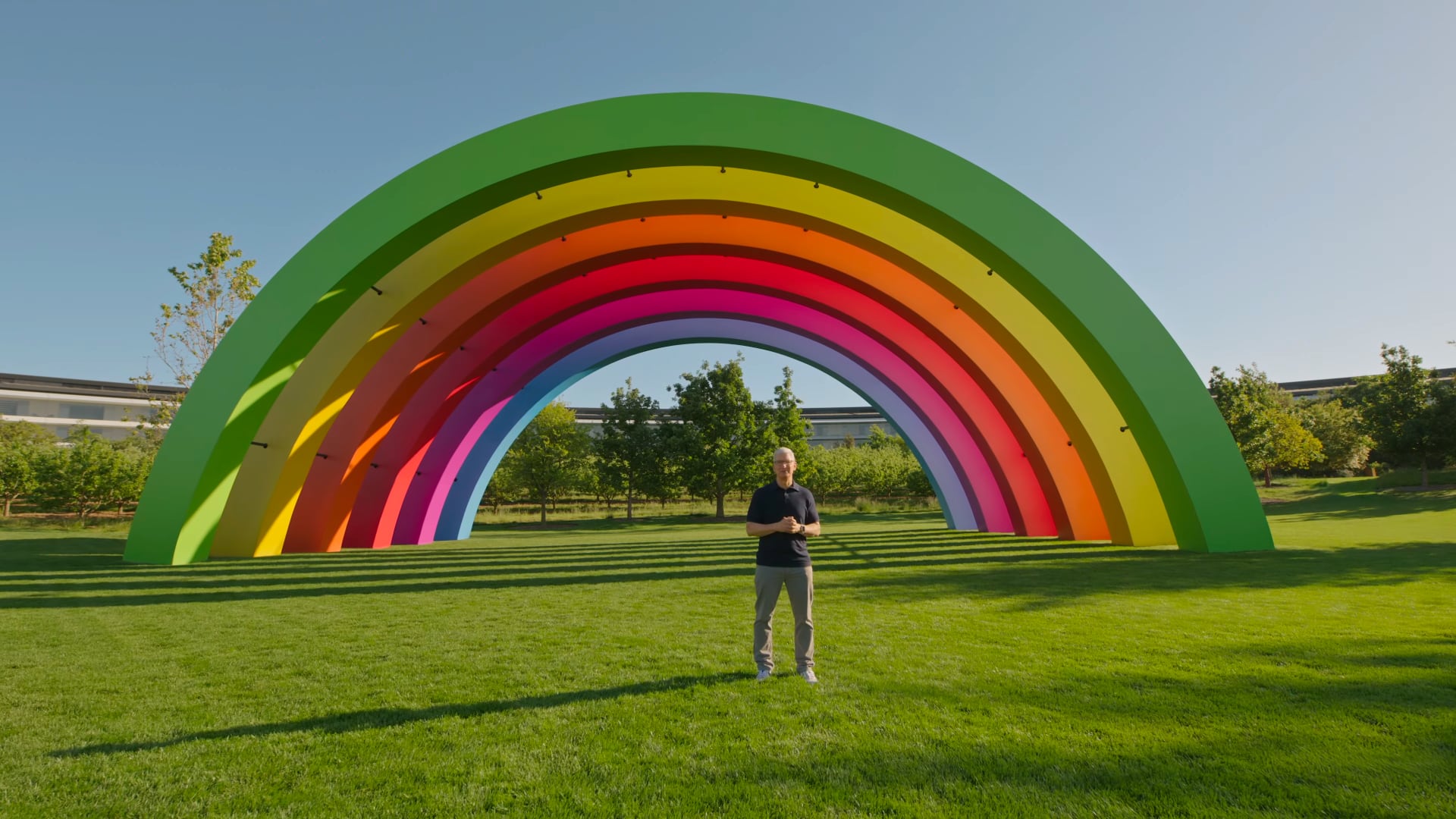Vision Pro, Apple’s AR/VR headset, has required creativity from the company’s executives to justify its eye-watering asking price of $3500 a pop.

Apple wants you to think about getting access to tomorrow’s technology when deciding to drop $3500 on a head-worn computer.
Even Apple’s boss Tim Cook admitted he didn’t know how the average consumer might react to the asking price, but that hardly stopped him from calling the Vision Pro the “most advanced piece of electronics equipment” out there.
Over the past few years, Cook has publicly professed his love for augmented reality, saying Apple views it as a profound technology. Now that the Vision Pro is official, the general public will have at least six months until its early-2024 launch to digest the price. Apple contends the price is right for what the headset offers.
Tomorrow’s engineering today

Cook appeared on Good Morning America to discuss the headset, hyping it up as the most advanced technology money can buy today.
It’s the most advanced piece of electronic equipment out there. It’s tomorrow’s engineering today. So you’re going to live in the future and you’re going to do it today.
When co-host Rubin Roberts asked him about the $3500 price and whether the average person would be able to afford the headset, Cook responded frankly:
I don’t know. I think people will make different choices depending upon their current financial situation and so forth. The engineering and depth of engineering in it is mind-blowing. You’ve got more than a 4K experience in each eye. And of course, it doesn’t come for free, it costs something to do that, but I think it’s a great value.
Apple spent an estimated $15 billion over almost a decade researching and developing the Vision Pro. People living on the bleeding edge of technology won’t balk at the price. What the general public needs, however, is a cheaper Apple headset,—even if it means using lower-quality components.
Comparing the Vision Pro to other headsets in terms of price is somewhat unfair because Apple’s headset is a standalone device. It’s genuinely a computer, albeit spatial, that can run your productivity, entertainment, social apps and much more.
Your portable 4K monitor and movie theater

Another argument: The 4K micro-OLED displays and features like the virtual Mac display mean you always have a 4K screen to run Mac apps or watch movies on.
Tim Cook:
You can immerse yourself in movies, TV shows, sports and feel like you’re right there. You can take photos and videos and then enjoy those and bring back memories as if you were there and repeating that experience.
Except that you’re stuck with visionOS, not your usual macOS environment and tools. Apple has made a case for macOS as a productivity platform, but we’ll have to try the headset to see just how productive one might be performing air gestures and staring at a pair of 4K displays a few inches away.
And this is how the Vision Pro lead Mike Rockwell attempted to justify the price during the WWDC23 keynote, just before disclosing the price:
It’s hard to believe all the capabilities the Vision Pro delivers are possible in a standalone spatial computer portable enough to use anywhere. It lets you replace a desk full of monitors with infinite screen real estate so you can be more productive than ever. It delivers stunning entertainment and personalized spatial audio. It provides powerful new ways to collaborate and stay connected. And for capturing and reliving memories, the Vision Pro is simply in a class of its own.
He then dropped this analogy:
If you purchased a new state-of-the-art TV, surround sound system, powerful computer with multiple high-definition displays, high-end camera and more, you still would not have come close to what the Vision Pro delivers.
Bloomberg’s Mark Gurman called the argument misleading:
While the argument may be factually true, it’s quite misleading. TVs are meant to be shared, while the Vision Pro is made for one user. And anyone buying a spatial computer probably already has a top-end Mac, monitors and a smartphone with a camera.
And this:
While I think the device has been well-marketed, the company could have focused on the idea that the technology is so nascent and expensive that, priced any lower, it would be losing money on its estimated $15 billion-plus investment in developing the product. Making an apples to oranges comparison to TVs, monitors, cameras and computers undercuts the reality.
Small wonder the slide with the Vision Pro price was barely shown for five seconds.
It’s… It’s a platform

Cook also argued on Good Night America that the Vision Pro shouldn’t be viewed as another gadget in Apple’s portfolio but as a platform for the future.
It’s not about one thing. It’s—it is a platform. And so we can’t wait to unleash it to the developers so they can begin to work on applications for it.
Many AR apps will be available from day one via a dedicated new visionOS app store, including popular Adobe and Microsoft software. Apple’s partner Disney has confirmed that it will also launch Disney+ and other apps for the Vision Pro.
So Cook was right when he called the Vision Pro a new platform. And like with every new platform, early adopters and Apple’s developers will be the ones covering some of Apple’s R&D expenses by buying the $3500 device.